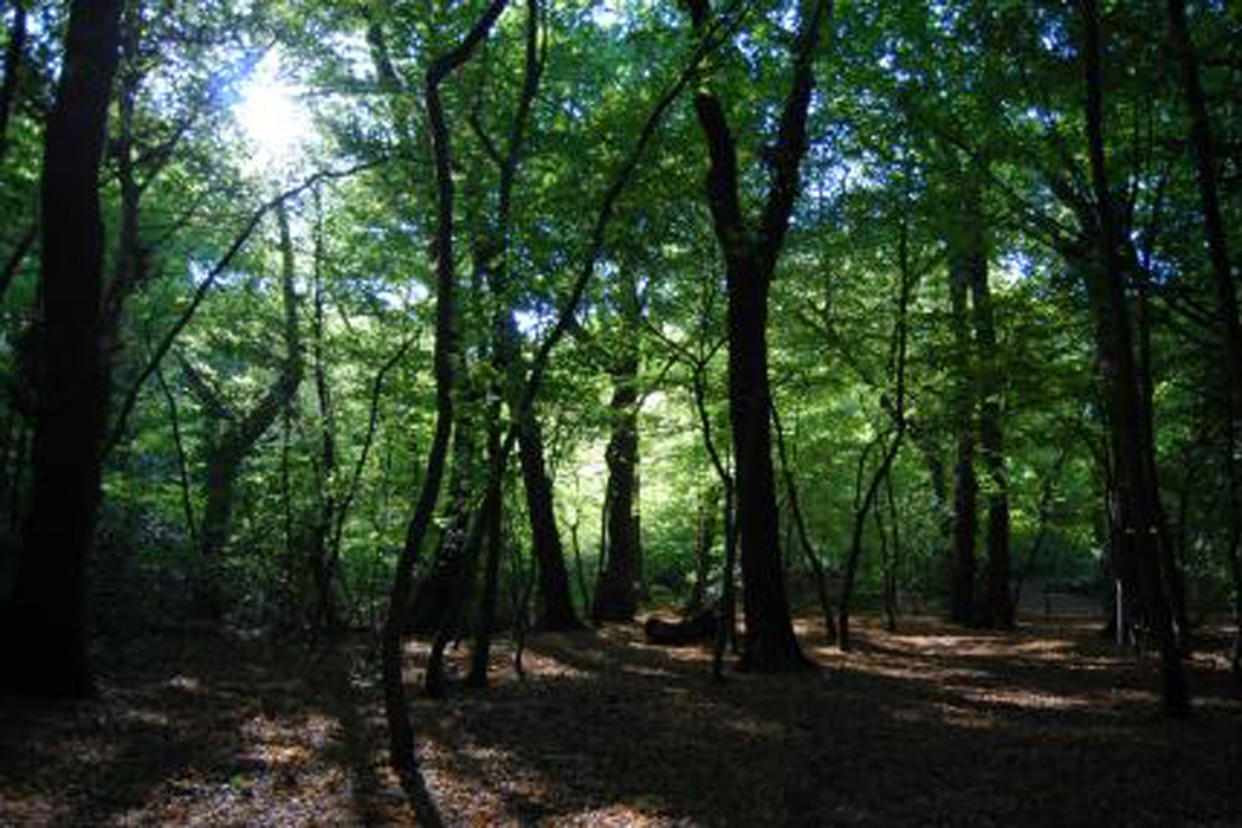Peter Fiennes: We are not so detached from nature — even if it feels like it

The news that the London Wildlife Trust has been awarded £699,000 in Lottery money to revive The Great North Wood comes at a moment when many of us are thinking of getting out of the city if we can. It’s that time of year, when we wipe the smog from our brow to spend a couple of weeks re-connecting with a more natural way of life. Beach, hilltop, woodland — it doesn’t matter, so long as we leave the busy workings of humanity far behind.
It’s also timely. A poll in Monday’s Telegraph revealed that 70 per cent of adults felt they were no longer in touch with nature — and a third of parents felt they could not teach their children anything about British wildlife.
It’s good to be reminded that nature isn’t something that only exists a long way from the city.
Confusingly, The Great North Wood is in fact in south London. At one time it stretched from Deptford to Selhurst, a vast forest that now survives in scraps: as single great trees but also, in places, such as in Sydenham and Streatham, as slightly larger fragments of ancient woodland. The Trust and its volunteers will be creating and nurturing new stepping-stones of nature right across the old Great North Wood — all designed to encourage the freeflow of species.
In truth, the artificial divide between the city and the country is spurious and always has been.
The country — shall we call it “nature”? — permeates every inch of the city, no matter how much pollution or bleach we throw its way. Likewise, but with more fuss, the city has spread outwards in the past 200 years, the suburbs and streets of London absorbing hundreds of one-time villages, farms, fields and woods.
The boundary is porous (ask a fox) and indeed the underlying assumption is dangerous. We shouldn’t really be trying to live our lives as though we are not part of nature. It’s not something “out there” that needs to be visited, managed and tamed — or more likely forgotten about. Our cities are not separate from nature, and nor are we.
London itself is officially termed “a forest”. There are more than eight million trees here, helping to cool the air and soothe our nerves. Of course there are parts that are leafier than others, and there’s very little in the way of fertile underscrub; a flourishing forest is more than just a collection of trees. But London has woods that can be classified as genuinely “ancient” — ones that have been in continuous existence since 1600. And every year, more trees and woods return.
Perhaps the next time you find yourself longing to escape to a distant woodland, you should consider London first. Indeed, in a few years’ time, you should be able to lose yourself in The Great North Wood.
Peter Fiennes is the author of Oak and Ash and Thorn: the Ancient Woodlands and New Forests of Britain to be published by Oneworld Publications in September 2017.

 Yahoo News
Yahoo News 
